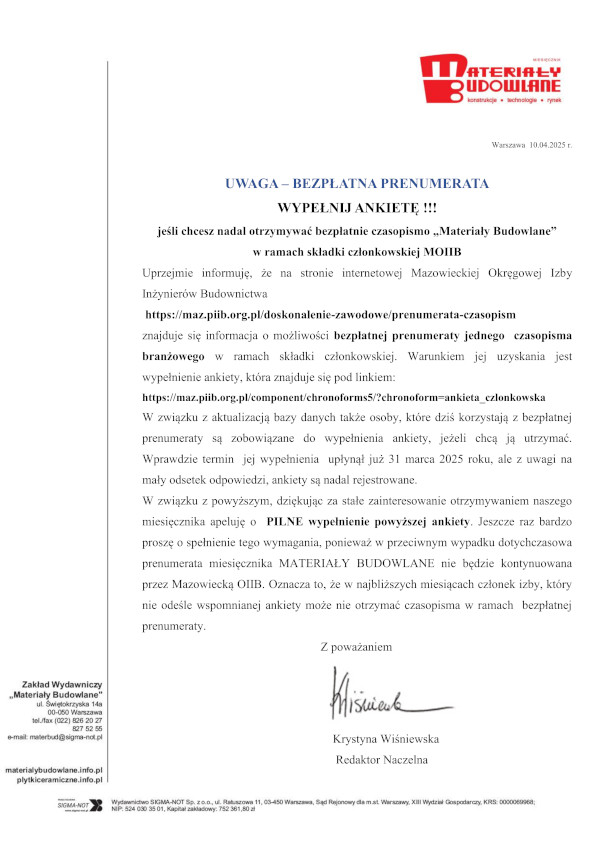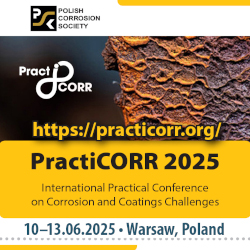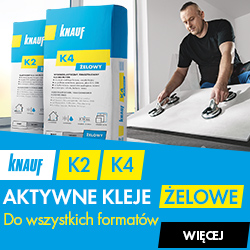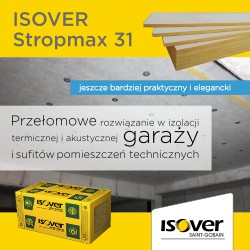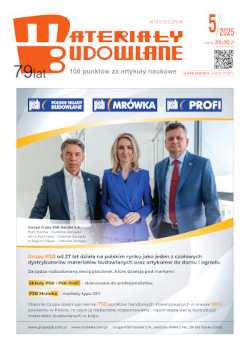dr inż. Łukasz Sadowski Politechnika Wrocławska,Wydział Budownictwa Lądowego i Wodnego
mgr inż. Sławomir Czarnecki Politechnika Wrocławska,Wydział Budownictwa Lądowego i Wodnego
prof. dr hab. inż. Jerzy Hoła Politechnika Wrocławska,Wydział Budownictwa Lądowego i Wodnego
Autor do korespondencji e-mail : Ten adres pocztowy jest chroniony przed spamowaniem. Aby go zobaczyć, konieczne jest włączenie w przeglądarce obsługi JavaScript.
DOI: 10.15199/33.2015.11.21
W artykule podjęto próbę oceny przyczepności na odrywanie między wierzchnią a podkładową warstwą podłogi betonowej. Badania przeprowadzono w przypadku warstwy wierzchniej o zmiennej grubości na podstawie parametrów określanych metodami nieniszczącymi i parametru opisującego grubość warstwy wierzchniej, z wykorzystaniem sztucznych sieci neuronowych (SSN).Opracowano do tego celu SSN, którą nauczono i przetestowano. Do uczenia sieci wykorzystano wzorce uczące w postaci wartości przyczepności na odrywanie, uzyskanych doświadczalnie metodą pull-off w tych samych miejscach badawczych, w których wykonano badania metodami nieniszczącymi.
Słowa kluczowe: warstwowe elementy betonowe, warstwa wierzchnia, przyczepność na odrywanie, metody nieniszczące, sztuczne sieci neuronowe
* * *
Evaluation of the interlayer bond between concrete layers in floors with variable thick of added layer
The authors undertook an attempt to identify pull-off adhesion of concrete layers, the the coating of variable thickness to the substrate, based on parameters defined using non- -destructive methods and parameter describing the thickness of the coating layer, using artificial neural networks (ANN). For this purposeANN were selected, taught and tested. Network learning patterns were used as the real values of pull-off adhesion, obtained experimentally using a pull-off method in the same places as the research tests were performed with non-destructive methods.
Keywords: layered concrete elements, added layer, pull-off adhesion, non-destructive methods, artificial neural networks.
Literatura :
[1] Garbacz A., Application of stress based NDT methods for concrete repair bond quality control. Bulletin of the Polish Academy of Sciences Technical Sciences, 63 (1), 2015, s. 77 – 85.
[2] PN-EN 12504-3, 2005, Badania betonu w konstrukcjach. Część 3. Oznaczanie siły wyrywającej.
[3] ASTMD7234 – 05, 2005, Standard Test Method for Pull-Off Adhesion Strength of Coatings on Concrete Using Portable Pull-Off Adhesion Testers.
[4] Santos, P., Júlio, E. N. B. S., and Santos, J., Towards the development of an in situ non-destructive method to control the quality of concrete-to-concrete interfaces. Engineering Structures, 32 (1), 2010, s. 207 – 217.
[5] Sadowski Ł. and Hoła J., New non-destructive way of identifying the values of pull-off adhesion between oncrete layers in floors, Journal of Civil Engineering and Management, 20-4, 2014, s. 561 – 569.
[6] Sadowski Ł., Non-destructive identification of pull-off adhesion between concrete layers.Automation in Construction, 57, 2015, s. 146 – 155.
[7] ISO 25178: 2010, Specyfikacje geometrii wyrobów – Struktura geometryczna powierzchni.
[8] American Concrete Institute ReportACI 228.2R- -98: 1998, Nondestructive Test Methods for Evaluation of Concrete in Structures.
[9] ASTM C1740-10: 2010, Standard Practice for Evaluating the Condition of Concrete Plates Using the Impulse-Response Method.
[10] ASTMC 1383: 1998, Standard TestMethod for Measuring the P-Wave Speed and the Thickness of Concrete Plates Using the Impact-echo Method, American Society For Testing And Materials.
[11] Sansalone M. and Streett W., Impact-echo: Nondestructive Evaluation of Concrete andMasonry, Bullbrier Press, Ithaca, 1997.
[12] Czarnecki S., Hola J. and Sadowski Ł.,Analysis of the Possibility of Non-Destructive Identification of the Interlayer Bond of Variably Thick Concrete Layers using Artificial Neural Networks, in Kruis J.,Tsompanakis Y., B.H.V.Topping, (Editors), Proceedings of the Fifteenth International Conference on Civil, Structural and Environmental Engineering Computing, Civil-Comp Press, Stirlingshire, 2015, UK, Paper 285, doi: 10.4203/ccp. 108.285.
[13] Matthies H. and Strang G., The solution of non linear finite element equations, International Journal for Numerical Methods in Engineering 14 (11), 16131626, 1979.
[14] Nocedal J., Updating Quasi-Newton Matrices with Limited Storage, Mathematics of Computation 35 (151): 773782, 1980.
[15] Broyden C. G., The convergence of a class of double-rankminimization algorithms, Journal of the Institute of Mathematics and Its Applications 6, 1970, s. 76 – 90.
Otrzymano: 23.08.2015 r.
Materiały Budowlane 11/2015, str. 68-70(spis treści >>)


